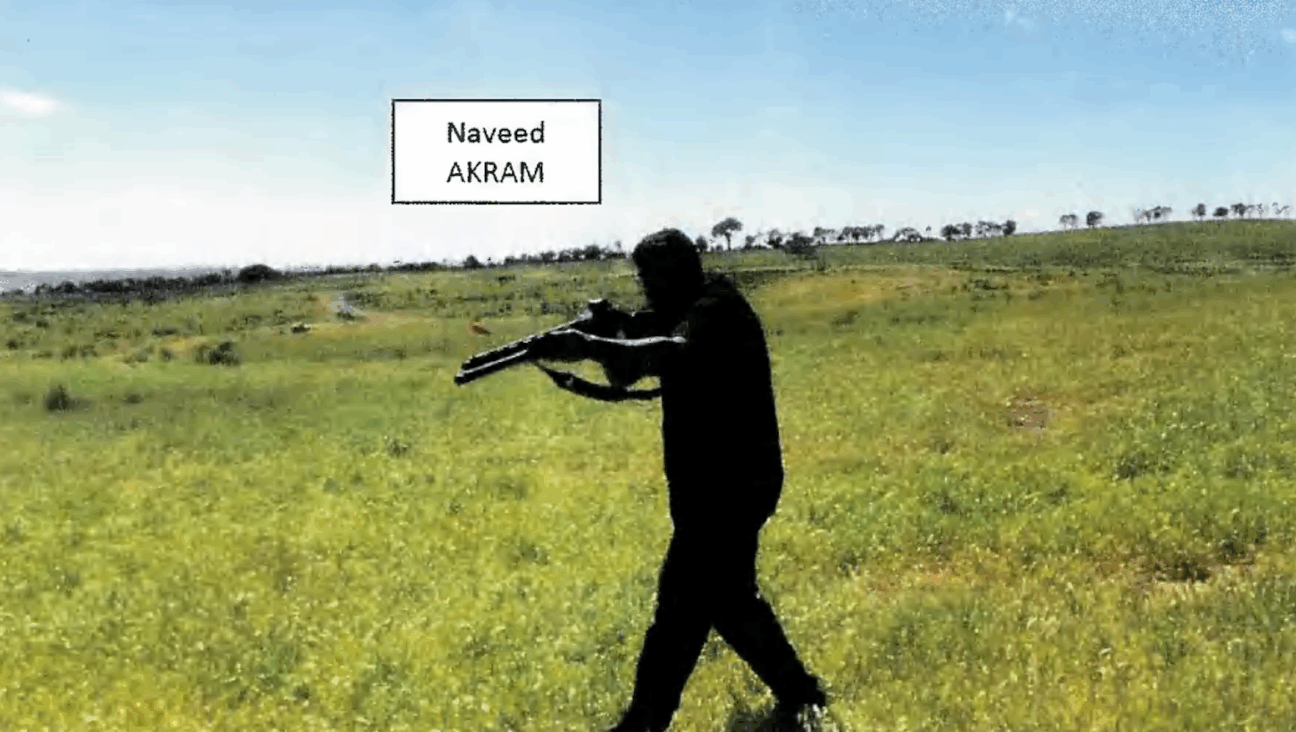A Prayer Group of Their Own
‘People are tired of the lack of intimacy that’s found in a lot of shuls,” said Shir Yaakov Feinstein-Feit. It’s a common complaint these days in Jewish communal circles, but Feinstein-Feit, 25, and his friends did something about it: They founded their own minyan, or prayer group. That minyan is Kol Zimrah (Hebrew for “Voice of Song”), its motto is “meaningful prayer through music,” and its astonishingly fast growth on New York’s Upper West Side is changing the way many people think about independent congregations and what young Jewish professionals are looking for in a prayer experience. From a cohort of four founders and their friends, Kol Zimrah now regularly attracts a hundred or more people to its services. At its next meeting, on November 21 at the Society for the Advancement of Judaism, it celebrates its one-year anniversary.
“From the beginning, Kol Zimrah has exceeded all expectations,” said Ben Dreyfus, 24, another of the minyan’s founders. “We assumed in the beginning that it would appeal to a relatively narrow constituency, since some people would not be comfortable with a service that uses musical instruments on the Sabbath and others with a service that is entirely in Hebrew,” he said. “Instead, I continue to be amazed at the diverse backgrounds and perspectives of people who find a common home in Kol Zimrah.”
How does a startup minyan with no institutional affiliation or funding — “We still buy our own grape juice and cups,” Feinstein-Feit said — pack in a hundred Upper West Siders by word of mouth alone? And, perhaps more important for the institutional Jewish community, can its success be duplicated?
First, there is the music, and Kol Zimrah’s spiritual, highly idiosyncratic services; Dreyfus cites as important influences not only the Leader Minyan in Jerusalem and the National Havurah Institute, but also Debbie Friedman’s Hava Nashira workshop and the jam band Phish. The minyan deliberately avoids using an “official” siddur, or prayer book, and encourages attendees to, in Feinstein-Feit’s words, “come and sit in silence, or hum along, or nail every word if that’s their particular channel of connecting.”
There are few announcements, and every word that is not silent is sung. Kol Zimrah (www.kolzimrah.info) is self-consciously part of what some have called a Jewish spiritual renaissance, with its emphasis on personal spirituality and connection with the divine. In Dreyfus’s words, “rather than telling people what to think, or creating an experience for them, we create an environment that enables people to create their own prayer experiences. Thus, each person in the room might be having a vastly different individual experience, yet they are joining together in literal and figurative harmony.”
Second, Kol Zimrah has grown up on the Upper West Side of Manhattan, a unique laboratory for new Jewish ideas in general and independent minyans in particular. With the critical mass that community provides, many independent congregations have flourished, including Kehilat Orach Eliezer, a Modern Orthodox congregation that started 20 years ago and recently instituted a mixed-gender Torah reading; Kehilat Hadar (started in 2001), a nondenominational egalitarian community that meets twice a month for traditional services and weekly for Talmud and Torah study, and Darchei Noam, which crosses “official” movement lines by juxtaposing separate-sex seating and extensive women’s participation in services.
Congregations such as Kol Zimrah are flourishing — be it despite or because of their lack of institutional affiliation. To be sure, the Upper West Side also has dyed-in-the-wool Orthodox, Conservative and Reform synagogues, but a look around the rooms show that, in terms of reaching so-called “unaffiliated” Jews, particularly those in their 20s and 30s, the independents are doing it better. Elie Kaunfer, one of the founders of Hadar, said that the minyan has remained unaffiliated “because it serves a broad community, from people who grew up Orthodox (about 20%), Conservative (60%) or Reform (about 20%). More than half the people at Hadar consider themselves unaffiliated with any particular denomination.”
Relationships between independent minyans and established institutions vary. For example, Hadar — a shul supported by the Bikkurim incubator fund co-sponsored by the Jewish Education Service of North America/United Jewish Communities — holds a beit midrash in the Jewish Community Center in Manhattan, and runs programming with the Jewish Theological Seminary, Congregation Ansche Chesed and others. Kol Zimrah’s model is different. It is, in many ways, a “neo-havurah,” which, unlike Hadar, Kehilat Orach Eliezer and others, seems less interested in building a synagogue infrastructure than constructing an alternative to it. Not coincidentally, Kol Zimrah enjoys a mutually beneficial relationship with the Society for the Advancement of Judaism — where the rabbi is Michael Strassfeld, one of the founders of the original havurah movement, who 30 years ago helped pioneer the idea of independent, do-it-yourself congregations for committed, young Jews disenchanted with traditional synagogue structures and ideologies.
But can Kol Zimrah’s success, and that of Hadar and Kehilat Orach Eliezer, be exported? “One reason things like this don’t exist outside of New York is that there is a certain level of comfort here in defining and redefining Judaism,” Feinstein-Feit said. “I feel like a lot of New Yorkers should leave New York and share some of their knowledge and beauty.”
Hadar’s Kaunfer disagrees. “This is not a
New York-only phenomenon,” he said.“Independent minyans can exist in most major urban areas where people are looking for spirited, independent prayer,” he said, citing a list of new havurot and minyans including the “D.C. Minyan” in Washington, D.C.; Tiferet in Cambridge, Mass., and groups in Berkeley, Los Angeles and San Francisco.
The founders of these independent minyans have all learned from one another. Indeed, most know each other through networks such as the Dorot Fellowship’s alumni organization and have shared ideas and inspiration. D.C. Minyan founder Jessica Lieberman explicitly took Hadar as a model. Tiferet founder Evan Hochberg said he and his co-founders “were inspired by Darchei Noam and by Shira Hadasha in Jerusalem. We wanted to create a safe space for people to be Orthodox and feminist at the same time.”
Less far afield, Park Slope, Brooklyn, is fast becoming the new “in” New York city neighborhood for committed, innovative Jews, with independent DIY congregations such as the Park Slope Minyan (started in 2001, and now attracting 50 people on average) and the Park Slope Montauk Minyan. In Greenwich Village, the Kol HaKfar (Village Voice) minyan is taking off as well, regularly drawing 20 to 30 attendees to Friday night services. As Jill Goldenziel, a Kol HaKfar founder, quipped, “There is young Jewish life outside the Upper West Side.”
Like Kol Zimrah and Hadar, these minyans cross traditional boundaries of “movements” and ideologies. As Park Slope Minyan founder Elizabeth Richman said, “We are principally inspired by the music of an Orthodox rabbi [Shlomo Carlebach], davened by laypeople in an easy-to-recognize Conservative style out of a Reconstructionist siddur (and the many different siddurim that participants bring with them) in a space generously made available by a Reform congregation.”
At the same time, all agree that more institutional support could encourage the New York “laboratory” to experiment more and export its innovative models around the country. “We figured out a lot on our own,” said Dreyfus of Kol Zimrah, noting that many of the young founders of independent minyans know one another personally and that advice is passed on by word of mouth. Kaunfer is even more practical. “Space is the biggest challenge to these minyanim in New York,” he says. “There aren’t too many shuls in New York that could hold the 200 people who come to Hadar each week.” Yet with or without institutional support, havurot like Kol Zimrah are growing. As Feinstein-Feit put it, “Space and funding is definitely missing, but the courage and creativity is there.”
















